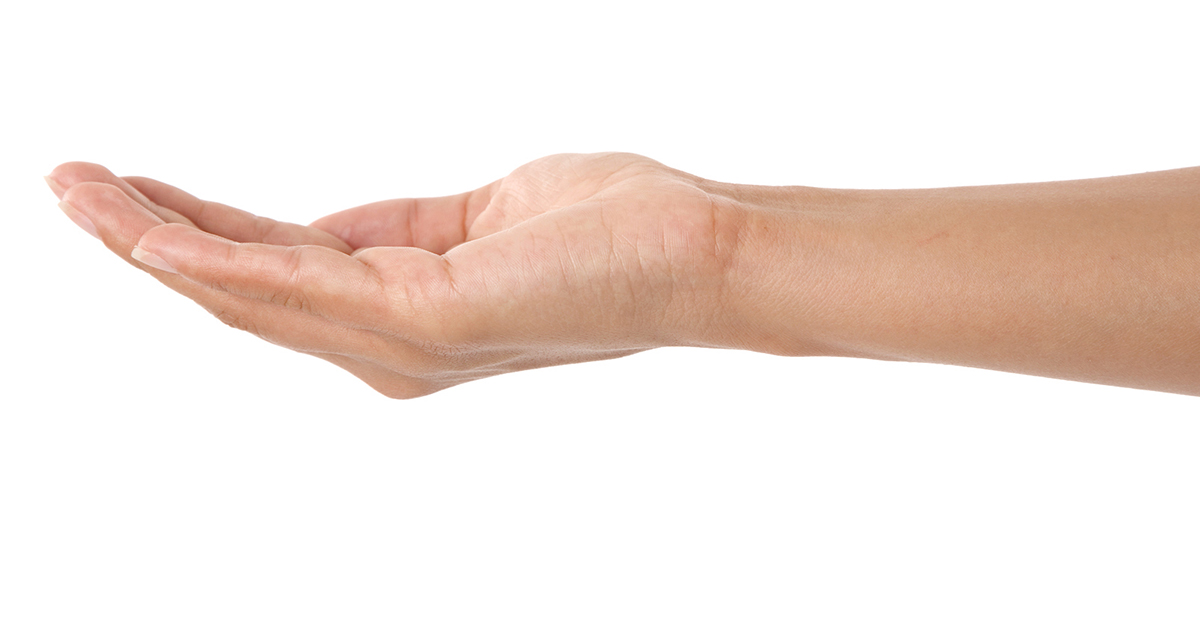
Dupuytren's Disease
Dupuytren's disease is an abnormal thickening of the fascia (the tissue between the skin and the tendons in the palm) that may limit movement of one or more fingers. In some patients, a cord forms beneath the skin that stretches from the palm into the fingers. The cord can cause the fingers to bend into the palm so they cannot be fully straightened. Sometimes, the disease will cause thickening over the knuckles of the finger. It can also occur in the soles of the feet.
Common Symptoms
Dupuytren's disease occurs slowly. It is usually noticed as a small lump or pit in the palm. This tends to occur near the crease of the hand that is closest to the base of the ring and little fingers. With time, a cord may develop between the palm and fingers. The disease is usually noticed when the palm cannot be placed flat on an even surface, such as a tabletop. In severe cases, drawing of the fingers into the palm interferes with everyday activities, like washing hands, wearing gloves, and putting hands in pockets.
Diagnosis
The cause of Dupuytren's is unknown and there is no permanent cure. The disease is usually painless. This is a non-cancerous condition. Dupuytren's disease mostly affects white people with ancestors from Northern Europe. It occurs more often in men than in women, and usually starts after age 40. In many cases, the disease runs in families. Some people may develop a more severe form of Dupuytren's disease. These may be in people who develop the disease at a young age, have the disease in areas other than the hand. Injuries to the hand have not been directly linked to causing the disease.
Treatment Options
There is no permanent cure for Dupuytren's disease. Surgery can relieve the bending of the fingers into the palm, but the condition can return with time. The goal of surgery for Dupuytren's disease is to restore the use of the fingers. Your doctor should advise you on whether surgery is recommended in your case.
